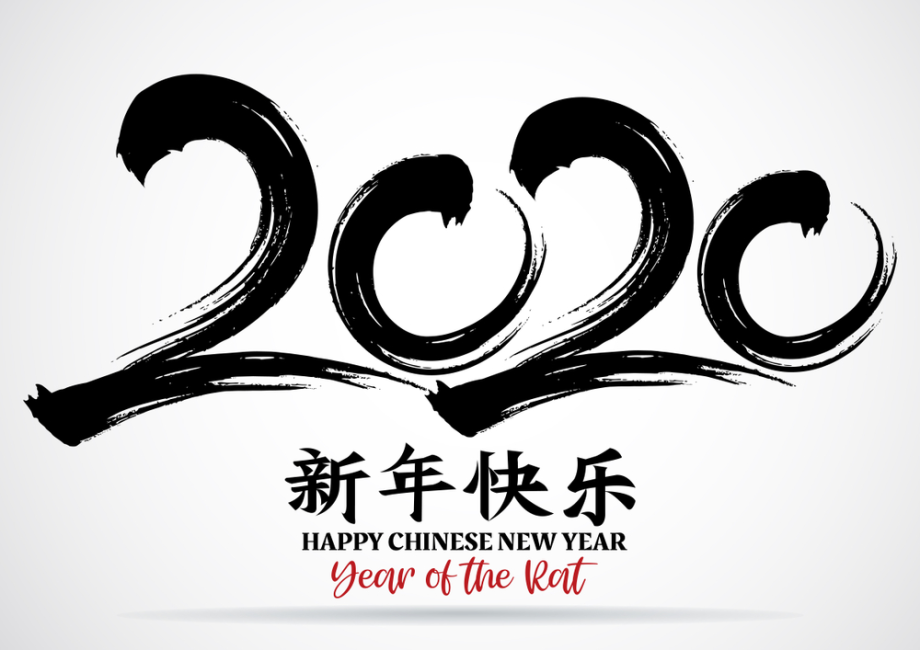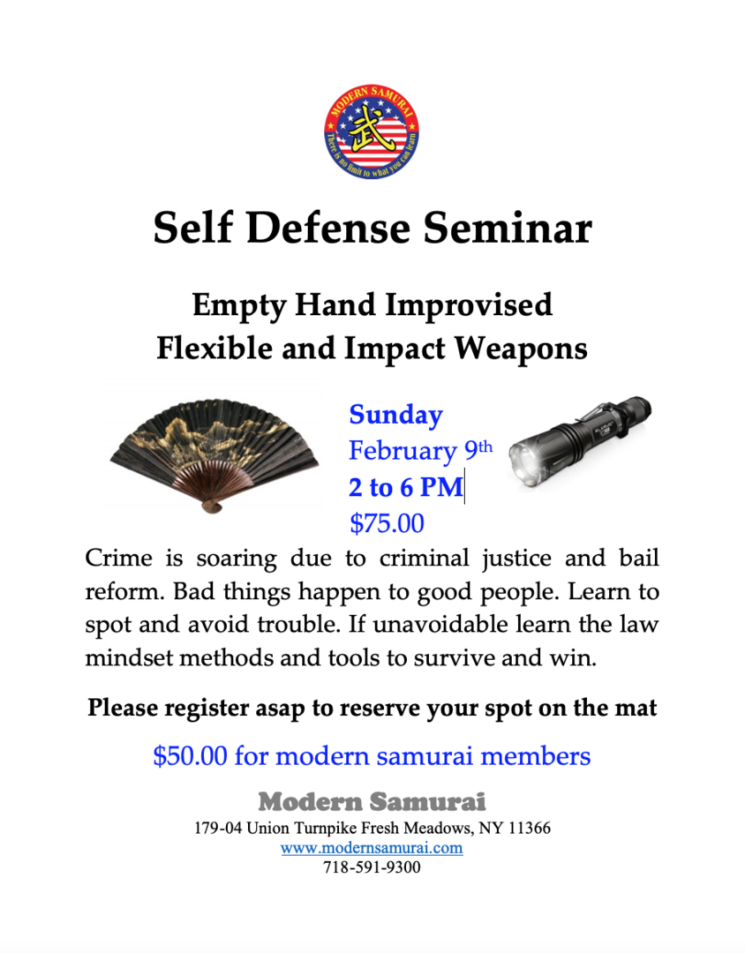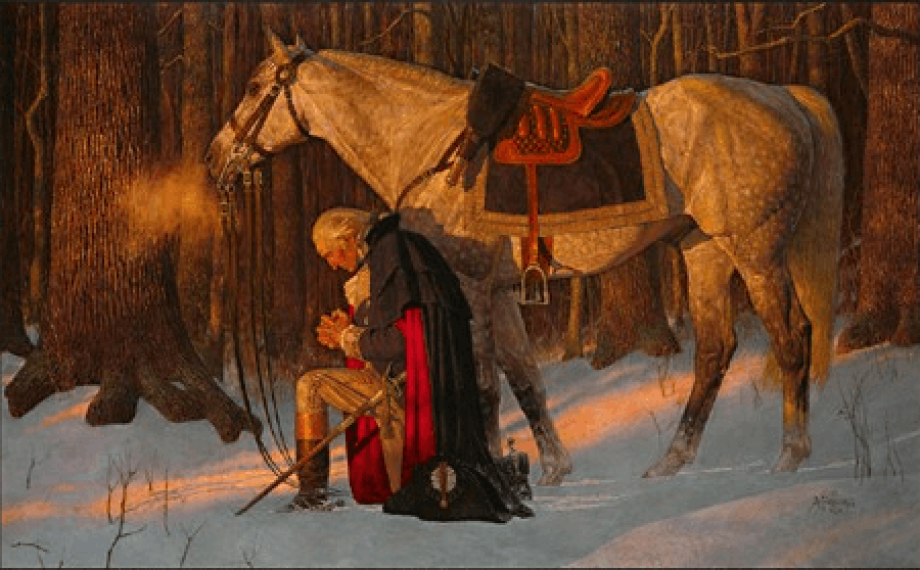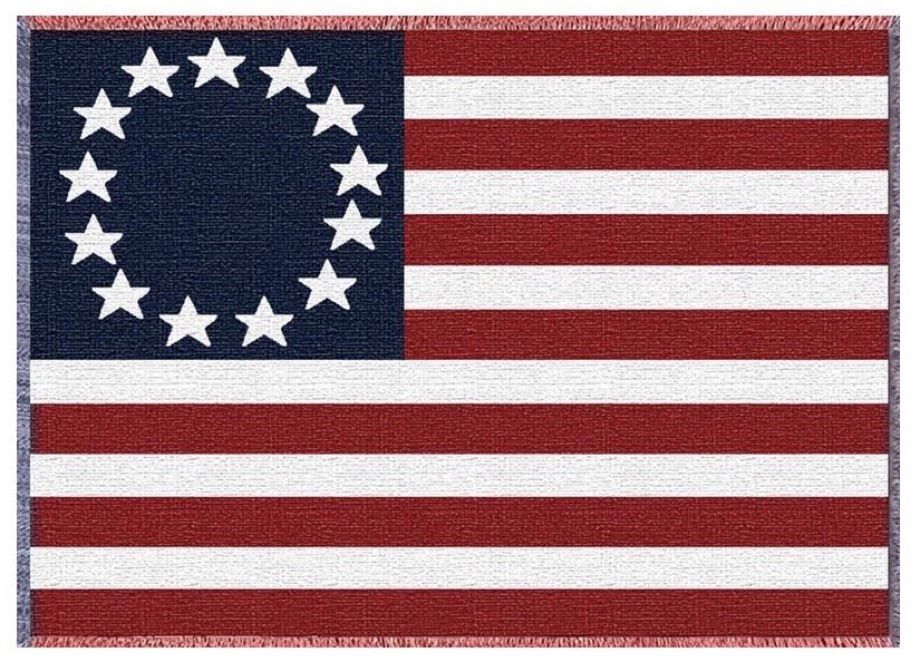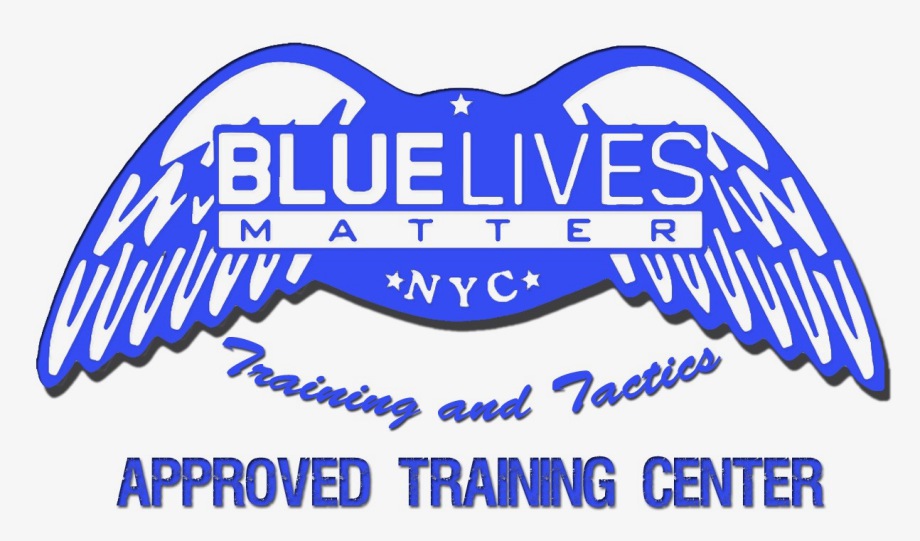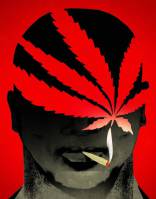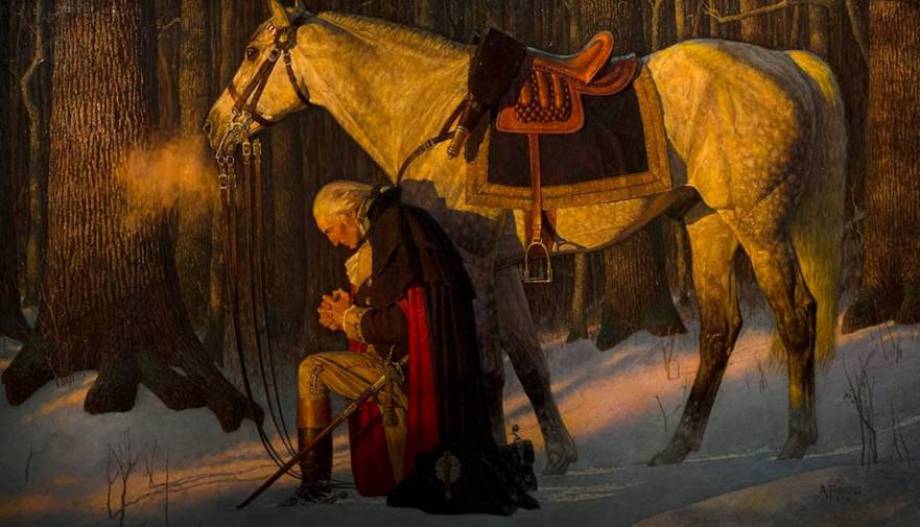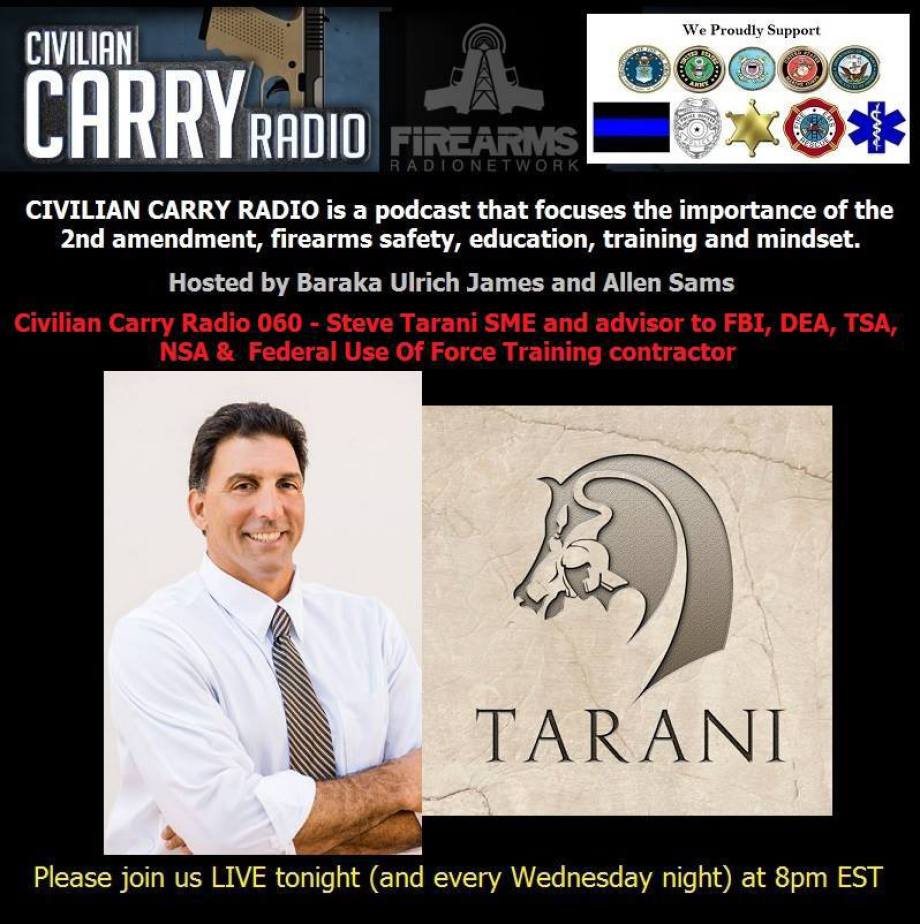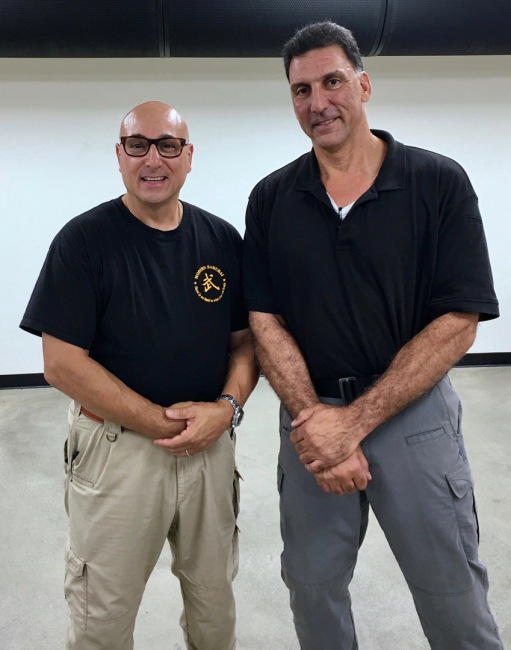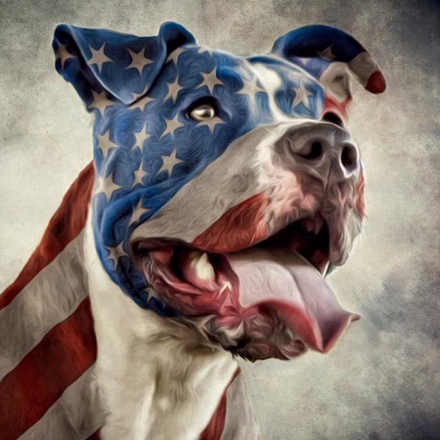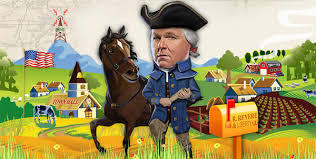The Latest News
Covid 19 Update 3-29-2020
Update Sunday March 29th 2020
Due to the order issued by Gov. Cuomo Modern Samurai must remain closed thru April 15th.
Billing will be suspended until further notice and students who have paid will be credited until our city state nation returns to normal. Thank you for your patience and understanding during this time.
Please do all possible to observe social distancing protocols as everyone benefits including you. This is really a team effort, team AMERICA. What is being asked of us is really not much of a hardship when compared to what some in our society do in their chosen profession daily such as our Military Law Enforcement and first responders.
Today the front line warriors are the found in the hospitals, the Doctors Nurses Staff, as well as our EMS. The truth is that our parents are the real heroes, they wear a different kind of black belt. Likewise all those I listed above.
However don't forget the many people that keep our lives comfortable and safe, how our homes were heated cooled plumbing. Cars built maintained etc. Our current situation provides ample time to reflect on so much we have to be thankful for. If we are healthy this will pass soon soon enough and will barley be a blip in our memories. Pray for those not well or have passed. We owe it to them to maintain safe practices until the pandemic has abated.
Some of us may experience a severe financial set back or worse. We should pray for them too.
God bless you all and may you all remain safe and healthy.
copy and paste the link below for the new item
https://patch.com/new-york/jamaica/s/h2cmr/new-york-shutdown-extended-2-weeks-cuomo-says?utm_source=alert-breakingnews&utm_medium=email&utm_campaign=alert
What Coronavirus Symptoms Look Like, Day By Day
How Long The COVID-19 Coronavirus Lasts On Everyday Surfaces
https://youtu.be/Rga0hOwCcnU
Starting today March 17th Modern Samurai is closed in observance of the presidents and govenors request to shut down for 15 days. Stay safe - stay strong- See you in two weeks God bless -you your families and God bless America !
We are wiping down all surfaces daily including any equipment used immediately after using it. The mat is also cleaned before class and after class.
Kung Hei Fat Choi
President George Washington's Thanksgiving Proclamation of 1789
By the President of
the United States of America, a Proclamation.
Whereas it is the duty
of all Nations to acknowledge the providence of Almighty God, to obey his will, to be grateful for his benefits, and humbly to implore his protection and favor-- and whereas both Houses of Congress
have by their joint Committee requested me to recommend to the People of the United States a day of public thanksgiving and prayer to be observed by acknowledging with grateful hearts the many signal
favors of Almighty God especially by affording them an opportunity peaceably to establish a form of government for their safety and happiness.
Now therefore I do
recommend and assign Thursday the 26th day of November next to be devoted by the People of these States to the service of that great and glorious Being, who is the beneficent Author of all the good
that was, that is, or that will be-- That we may then all unite in rendering unto him our sincere and humble thanks--for his kind care and protection of the People of this Country previous to their
becoming a Nation--for the signal and manifold mercies, and the favorable interpositions of his Providence which we experienced in the course and conclusion of the late war--for the great degree of
tranquility, union, and plenty, which we have since enjoyed--for the peaceable and rational manner, in which we have been enabled to establish constitutions of government for our safety and
happiness, and particularly the national One now lately instituted--for the civil and religious liberty with which we are blessed; and the means we have of acquiring and diffusing useful knowledge;
and in general for all the great and various favors which he hath been pleased to confer upon us.
and also that we may
then unite in most humbly offering our prayers and supplications to the great Lord and Ruler of Nations and beseech him to pardon our national and other transgressions-- to enable us all, whether in
public or private stations, to perform our several and relative duties properly and punctually--to render our national government a blessing to all the people, by constantly being a Government of
wise, just, and constitutional laws, discreetly and faithfully executed and obeyed--to protect and guide all Sovereigns and Nations (especially such as have shewn kindness unto us) and to bless them
with good government, peace, and concord--To promote the knowledge and practice of true religion and virtue, and the encrease of science among them and us--and generally to grant unto all Mankind
such a degree of temporal prosperity as he alone knows to be best.
Given under my hand at
the City of New York the third day of October in the year of our Lord 1789.
Go:
Washington
Washington issued a
proclamation on October 3, 1789, designating Thursday, November 26 as a national day of thanks. In his proclamation, Washington declared that the necessity for such a day sprung from the Almighty’s
care of Americans prior to the Revolution, assistance to them in achieving independence, and help in establishing the constitutional government.
Modern Samurai is closed for summer break Monday August 26th thru Labor day. Our regular practice schedule resumes Tuesday September 3rd. Enjoy your holiday and vacation.
3 Ignorant Myths About The Betsy Ross Flag, Dispelled
The nation's leaders after the Civil War did not see a need to alter the flag's appearance because they outlawed slavery under it. The American flag—the Union flag—was the victor in the
Civil War.

Nike’s decision to pull shoes depicting the Betsy Ross flag from the market because it might offend someone shows a gross lack of knowledge about the flag’s true meaning and origin. It’s time to dispel the myths about this flag and set the record straight.
The Betsy Ross flag is not a colonial flag. It is the first official flag of the United States of America.
The Betsy Ross flag is the first flag of the United States of America, not of Britain’s American colonies. Independence Day, July 4, 1776, marks the day that the Declaration of Independence changed the American colonies into states.
While submitting to the authority of the Continental Congress, the new states began to set up new state governments and write new state constitutions. At the same time, Gen. George Washington knew that his army and the American people needed a new flag to symbolize this change from a government based on royalty to one based on representation. Betsy Ross, a known upholsterer in Philadelphia, sewed the first flag, according to sworn affidavits given by her descendants.
When Congress
officially issued this flag on June 14, 1777, they emphasized the symbolism of the thirteen new states, not the thirteen colonies. “Resolved, That the flag of the thirteen United States be thirteen
stripes, alternate red and white: that the union be thirteen stars, white in a blue field, representing a new constellation,” declared the Journal of the Continental Congress on June 14,
1777.
The first flag of the United States was not about slavery. It was about unity.
The key word in Congress’s description of this flag is “union.” The meaning of the first flag of the United States is unity. What could be more plain and simple than that? What could be more worthy and noble than a flag with a literal meaning of union? Nike rejected a flag that means unity.
Ross sewed the 13 stars in a circle, uniting them into one. A circle symbolizes equality because no one star is more prominent or important than another. This meant that no state was more important than another state. The same is true today.
America could not
achieve freedom in any form without unity among the original 13 states. As long as England controlled territory in any of the states, regardless of whether those states legally allowed slavery or
not, the United States could not exist and govern as a secure, independent country. America would have been constantly under threat from foreign invasion as long as any state remained controlled by
England and not the U.S. government.
Declaring the first flag of the United States as offensive denigrates the African Americans who fought for this flag.
Nike claims that they rejected this flag because it might offend someone. In doing so they offended the memory of everyone, including African-Americans both slave and free, who put their lives on the line for that 13-starred flag.
Men, women, rich, poor, black and white—all fought and made sacrifices for the principles and aspirations that this flag represents. After the last major battle of the American Revolution, Congress deepened the flag’s meaning by defining red, white and blue.
“White signifies purity and innocence. Red hardiness and valor and Blue … signifies vigilance perseverance and justice,” the Journal of the Continental Congress recorded on June 20, 1782.
Why didn’t
Congress define the colors when they first adopted the flag in 1777? They didn’t really know what the colors meant at the start of the United States. By the end of the revolution, they knew what
those colors meant because they understood the cost of freedom.
They knew that a free African-American named Peter Salem lived for the red stripe of valor when he risked his life at Bunker Hill to take out the British major responsible for the first British shots of the war. Because of Salem’s story, more Africans were freed and fought. Salem fought for four years and Africans made up about four percent of the Continental Army.
They knew that the flag’s maker, Betsy Ross, was an antislavery Quaker. Her second husband, Joseph Ashburn, was thrown into a British prison for “piracy, treason and rebellion against His Majesty on the high seas.” Representing the white stripe’s pure motive of loyalty, he died because he pledged allegiance to the flag of unity that his wife first sewed.
They knew that a slave named James Armistead represented the color blue because his vigilance as a spy led to America’s victory in the final battle at Yorktown in 1781. Without Armistead’s intelligence as a servant to British General Cornwallis, General Lafayette would not have been able to notify Washington that seizing Yorktown was possible. When Amistead became a free man, he changed his name to James Lafayette.
Yes, it’s unfortunately true that slavery existed when America was founded. It’s unfortunately true that freedom was not equally applied after the American Revolution, with only states in the North abolishing slavery over our nation’s initial years and first decades. It is unfortunately true that the quest for freedom and civil rights for all has been a long, hard-fought battle.
It’s also true that America did not change the design of its flag after slavery was abolished. Why? The nation’s leaders after the Civil War did not see a need to alter the flag’s appearance because they outlawed slavery under it. The American flag—the Union flag—was the victor in the Civil War. Except for adding stars each time a state enters the Union, our flag has not changed since the Betsy Ross flag.
The flag’s meaning of unity has not changed. The values of the colors—valor, hardiness, purity, innocence, justice, perseverance, and vigilance—have not changed. The flag has been enhanced and made more brilliant as we have expanded and deepened the meaning of unity and freedom. That is something to celebrate, not denigrate like Nike by refusing to sell a shoe featuring the first flag of the United States of America.
An award-winning writer of nine books, Jane Hampton Cook is the author of the new book “The Burning of the White House: James and Dolley Madison and the War of 1812.” She is a former White House webmaster and national media commentator. Her book about John Quincy and Louisa Adams is called ‘American Phoenix’
Taekwondo Demo by Kukkiwon
https://www.youtube.com/watch?v=CfrO6SapB-g&feature=youtu.behttps://www.youtube.com/watch?v=CfrO6SapB-g&feature=youtu.be
Modern Samurai is a Blue Lives Matter NYC Approved Training Center
Today January 9th is Law Enforcement Appreciation Day
Marijuana devastated Colorado, don’t legalize it nationally
Marijuana Is More Dangerous Than You Think
As legalization spreads, more Americans are becoming heavy users of cannabis, despite its links to violence and mental illness
By
Alex Berenson
Updated Jan. 3, 2019 10:34 a.m. ET
Over the past 30 years, a shrewd and expensive lobbying campaign has made Americans more tolerant of marijuana. In November 2018, Michigan became the 10th state to legalize recreational cannabis use; New Jersey and others may soon follow. Already, more than 200 million Americans live in states that have legalized marijuana for medical or recreational use.
Yet even as marijuana use has become more socially acceptable, psychiatrists and epidemiologists have reached a consensus that it presents more serious risks than most people realize.
Contrary to the predictions of both advocates and opponents, legalization hasn’t led to a huge increase in people using the drug casually. About 15% of Americans used cannabis at least once in 2017, up from 10% in 2006, according to the federal government’s National Survey on Drug Use and Health. By contrast, almost 70% of Americans had an alcoholic drink in the past year.
But the number of Americans who use cannabis heavily is soaring. In 2006, about 3 million Americans reported using the drug at least 300 times a year, the standard for daily use. By 2017, that number had increased to 8 million—approaching the 12 million Americans who drank every day. Put another way, only one in 15 drinkers consumed alcohol daily; about one in five marijuana users used cannabis that often.
And they are consuming cannabis that is far more potent than ever before, as measured by the amount of THC it contains. THC, or delta-9-tetrahydrocannabinol, is the chemical responsible for the drug’s psychoactive effects. In the 1970s, most marijuana contained less than 2% THC. Today, marijuana routinely contains 20-25% THC, thanks to sophisticated farming and cloning techniques and to the demand of users to get a stronger high more quickly. In states where cannabis is legal, many users prefer extracts that are nearly pure THC.
Cannabis advocates often argue that the drug can’t be as neurotoxic as studies suggest because otherwise Western countries would have seen population-wide increases in psychosis alongside rising marijuana use. In reality, accurately tracking psychosis cases is impossible in the U.S. The government carefully tracks diseases such as cancer with central registries, but no such system exists for schizophrenia or other severe mental illnesses.
Some population-level data does exist, though. Research from Finland and Denmark, two countries that track mental illness more accurately, shows a significant increase in psychosis since 2000, following an increase in cannabis use. And last September, a large survey found a rise in serious mental illness in the U.S. too. In 2017, 7.5% of young adults met the criteria for serious mental illness, double the rate in 2008.
None of these studies prove that rising cannabis use has caused population-wide increases in psychosis or other mental illness, although they do offer suggestive evidence of a link. What is clear is that, in individual cases, marijuana can cause psychosis, and psychosis is a high risk factor for violence. What’s more, much of that violence occurs when psychotic people are using drugs. As long as people with schizophrenia are avoiding recreational drugs, they are only moderately more likely to become violent than healthy people. But when they use drugs, their risk of violence skyrockets. The drug they are most likely to use is cannabis.
The most obvious way that cannabis fuels violence in psychotic people is through its tendency to cause paranoia. Even marijuana advocates acknowledge that the drug can cause paranoia; the risk is so obvious that users joke about it, and dispensaries advertise certain strains as less likely to do so. But for people with psychotic disorders, paranoia can fuel extreme violence. A 2007 paper in the Medical Journal of Australia looked at 88 defendants who had committed homicide during psychotic episodes. It found that most of the killers believed they were in danger from the victim, and almost two-thirds reported misusing cannabis—more than alcohol and amphetamines combined.
The link between marijuana and violence doesn’t appear limited to people with pre-existing psychosis. Researchers have studied alcohol and violence for generations, proving that alcohol is a risk factor for domestic abuse, assault and even murder. Far less work has been done on marijuana, in part because advocates have stigmatized anyone who raises the issue. Still, there are studies showing that marijuana use is a significant risk factor for violence.
A 2012 paper in the Journal of Interpersonal Violence, examining a federal survey of more than 9,000 adolescents, found that marijuana use was associated with a doubling of domestic violence in the U.S. A 2017 paper in the journal Social Psychiatry and Psychiatric Epidemiology, examining drivers of violence among 6,000 British and Chinese men, found that drug use was linked to a fivefold increase in violence, and the drug used was nearly always cannabis.
Before states legalized recreational cannabis, advocates predicted that legalization would let police focus on hardened criminals rather than on marijuana smokers and thus reduce violent crime. Some advocates even claim that legalization has reduced violent crime: In a 2017 speech calling for federal legalization, Sen. Cory Booker (D., N.J.) said that “these states are seeing decreases in violent crime.”
But Mr. Booker is wrong. The first four states to legalize marijuana for recreational use were Colorado and Washington in 2014 and Alaska and Oregon in 2015. Combined, those four states had about 450 murders and 30,300 aggravated assaults in 2013. In 2017, they had almost 620 murders and 38,000 aggravated assaults—an increase far greater than the national average.
Knowing exactly how much of that increase is related to cannabis is impossible without researching every crime. But for centuries, people all over the world have understood that cannabis causes mental illness and violence—just as they’ve known that opiates cause addiction and overdose. Hard data on the relationship between marijuana and madness dates back 150 years, to British asylum registers in India.
Yet 20 years ago, the U.S. moved to encourage wider use of cannabis and opiates. In both cases, we decided we could outsmart these drugs—enjoying their benefits without their costs. And in both cases, we were wrong. Opiates are riskier than cannabis, and the overdose deaths they cause are a more imminent crisis, so public and government attention have focused on them. Soon, the mental illness and violence that follow cannabis use also may be too widespread to ignore.
—Mr. Berenson is a former New York Times reporter and the author of 12 novels. This essay is adapted from his new book, “Tell Your Children: The Truth About Marijuana, Mental Illness and Violence,” which will be published by Simon & Schuster on Jan. 8.
Thanksgiving Proclamation
Issued by President George Washington, at the request of Congress, on October 3, 1789
By the President of the United States of America, a Proclamation.
Whereas it is the duty of all nations to acknowledge the providence of Almighty God, to obey His will, to be grateful for His benefits, and humbly to implore His protection and favor; and — Whereas both Houses of Congress have, by their joint committee, requested me “to recommend to the people of the United States a day of public thanksgiving and prayer, to be observed by acknowledging with grateful hearts the many and signal favors of Almighty God, especially by affording them an opportunity peaceably to establish a form of government for their safety and happiness:”
Now, therefore, I do recommend and assign Thursday, the 26th day of November next, to be devoted by the people of these States to the service of that great and glorious Being who is the beneficent author of all the good that was, that is, or that will be; that we may then all unite in rendering unto Him our sincere and humble thanks for His kind care and protection of the people of this country previous to their becoming a nation; for the signal and manifold mercies and the favor, able interpositions of His providence in the course and conclusion of the late war; for the great degree of tranquility, union, and plenty which we have since enjoyed; for the peaceable and rational manner in which we have been enabled to establish constitutions of government for our safety and happiness, and particularly the national one now lately instituted; for the civil and religious liberty with which we are blessed, and the means we have of acquiring and diffusing useful knowledge; and, in general, for all the great and various favors which He has been pleased to confer upon us.
And also that we may then unite in most humbly offering our prayers and supplications to the great Lord and Ruler of Nations, and beseech Him to pardon our national and other transgressions; to enable us all, whether in public or private stations, to perform our several and relative duties properly and punctually; to render our National Government a blessing to all the people by constantly being a Government of wise, just, and constitutional laws, discreetly and faithfully executed and obeyed; to protect and guide all sovereigns and nations (especially such as have shown kindness to us), and to bless them with good governments, peace, and concord; to promote the knowledge and practice of true religion and virtue, and the increase of science among them and us; and, generally, to grant unto all mankind such a degree of temporal prosperity as He alone knows to be best.
Given under my hand at the City of New York the third day of October in the year of our Lord 1789.
Go. Washington
The Mayflower Compact
|
|
|
|
|
Sensei Lou was a guest host for this show
Join us LIVE at 8pm EST here - https://www.youtube.com/watch?v=YGJje70O_j4
Tonight’s guest first appeared on our show last year on April 5, 2017 and we are honored and pleased to welcome back: Steve Tarani - SME and advisor to FBI, DEA, TSA, NSA & Federal Use of Force Training contractor
Please join Allen Sams, Baraka Ulrich James with our special guest co-host this evening Louis D'Agostino of Modern Samurai as we present Civilian Carry Radio episode 060 on the Firearms Radio Network with a message from our affiliate contributor and previous guest Andrew Branca ESQ of Law of Self Defense
Stevetarani.com Website - https://stevetarani.com/
See you then, thank you!
Jocko Willink Memorial Day Reading 2018
Jocko Willink 2018 Memorial Day Clink on link at left
Sunday, May 27, 2018
Former Navy Seal Team Member Jocko Willink
http://www.foxnews.com/opinion/2018/05/25/ex-seal-jocko-willink-remember-warriors-who-made-supreme-sacrifice-dont-waste-your-time-on-earth.html
Former SEAL Jocko Willink: Remember the warriors who made the supreme sacrifice -- Don't waste your time on Earth
Jocko Willink 2017 Memorial Day Message
<< New text box >>Jocko Willink 2017 Memorial Day Message
Introduction to Prefense® Edged Weapons Defense
Lou @ left with SME and Prefense author Steve Tarani
Terrorist driven edged weapon attacks are increasing in regularity and frequency nationally, and internationally with disastrous loss of life and limb.
In NYC this is a concern be it terrorism; hard-core criminals on the streets and subway, or the EDP, emotionally disturbed people who are free to roam the streets with impunity.
In recent weeks there have been several fatal attacks as well as life threating injuries inflicted upon innocents.
Another consideration is you may need to buy time to access you weapon if you carry as well as having a back up plan when you find yourself in non-permissive environments.
Law Enforcement officers are also subject to the same threats and more because they cannot retreat and must deal with the threat. At close range there is insufficient time to draw a firearm. In some cases there may be time but the officer is denied the opportunity due to public safety concerns.
Learn the mindset, strategy tactics, and
concepts to mitigate this potentially deadly threat.
All skill levels are welcome and will benefit, especially people considering self defense for the first time in their life.
Saturday September 23rd 2017 – 6:00 PM to 10:0PM
$75. For dojo members - $100.00 non members
LEOS may attend at the discounted dojo rate of
$75.00
Don't be a soft target!
Register now to reserve your spot on the mat
Prefense books will be available for sale- $25.00
Equipment List:
Wear comfortable clothing – If you have a folder bring it
If you are a LEO or CCW and have a blue gun or Sirt training pistol and holster, bring it and your permit as proof of good guy status. We reserve the right to refuse any student based on safety, security concerns.
Prefense® is the brainchild of SME Steve Tarani
www.stevetarani.com - https://stevetarani.com/about/brief-bio/
Class taught by Certified Prefense® instructor Lou D’Agostino at...
Modern Samurai – 718-591-9300
179-04 Union Turnpike Fresh Meadows, NY 11366 www.modernsamurai.com
Bottom of Form
Steve Tarani with his brainchild book for Preventative Defense / Prefense the 90% advantage
Never Give Up !
Rush Limbaugh wins Childrends Choice book author of the year
Click above then move mouse over photo for fun adventures


